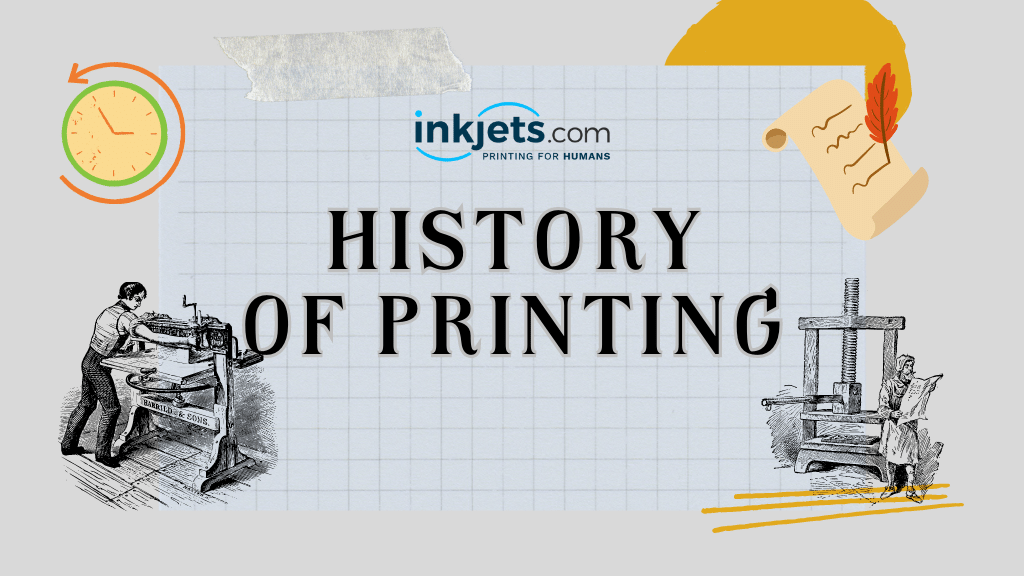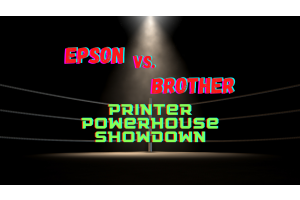
The history of printing spans centuries and continents, reshaping human communication
and society itself with each technological advancement.
The roots of printing lie deep in antiquity, with origins traced back to the stencils and seals of
ancient Mesopotamia and the block printing techniques developed in China as early as
the 2nd century AD.
However, the real transformation in the history of printing began with the invention of movable
type by Bi Sheng in 11th century China.
Despite its ingenuity, this invention did not reach Europe, where the revolutionary shift occurred
in the mid-15th century when Johannes Gutenberg, a goldsmith by trade, developed
the printing press.
Gutenberg's innovation not only accelerated the production of text but also made it more
affordable, thereby democratizing knowledge.
The impact of Gutenberg's invention reverberated through society and sparked a period known as
the "Printing Revolution", fostering the spread of literacy, the democratization of knowledge, and the
propagation of the ideas that fueled the Renaissance and the Scientific Revolution.
The centuries that followed saw continuous innovations. The 19th century heralded industrialized printing
with steam-powered presses and the development of rotary presses, significantly increasing printing
speed and volume.
In the 20th century, the advent of digital technology changed the face of printing once again, with innovations
such as phototypesetting, laser printing, and ultimately, 3D printing.
The history of printing is a testament to humanity's constant pursuit of better means of communication and
knowledge sharing.
It remains an important field, continually evolving in the face of new technologies, even as it helps shape our
understanding of the world and our place within it.


From the papyrus of ancient Egypt to current innovations in digital printing, Inkjets.com traces the more than 5000 year history of printing and highlight the milestones and their significance to human history.








